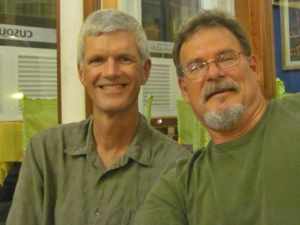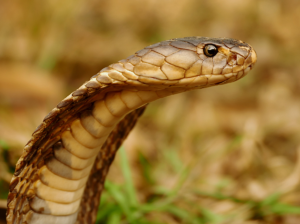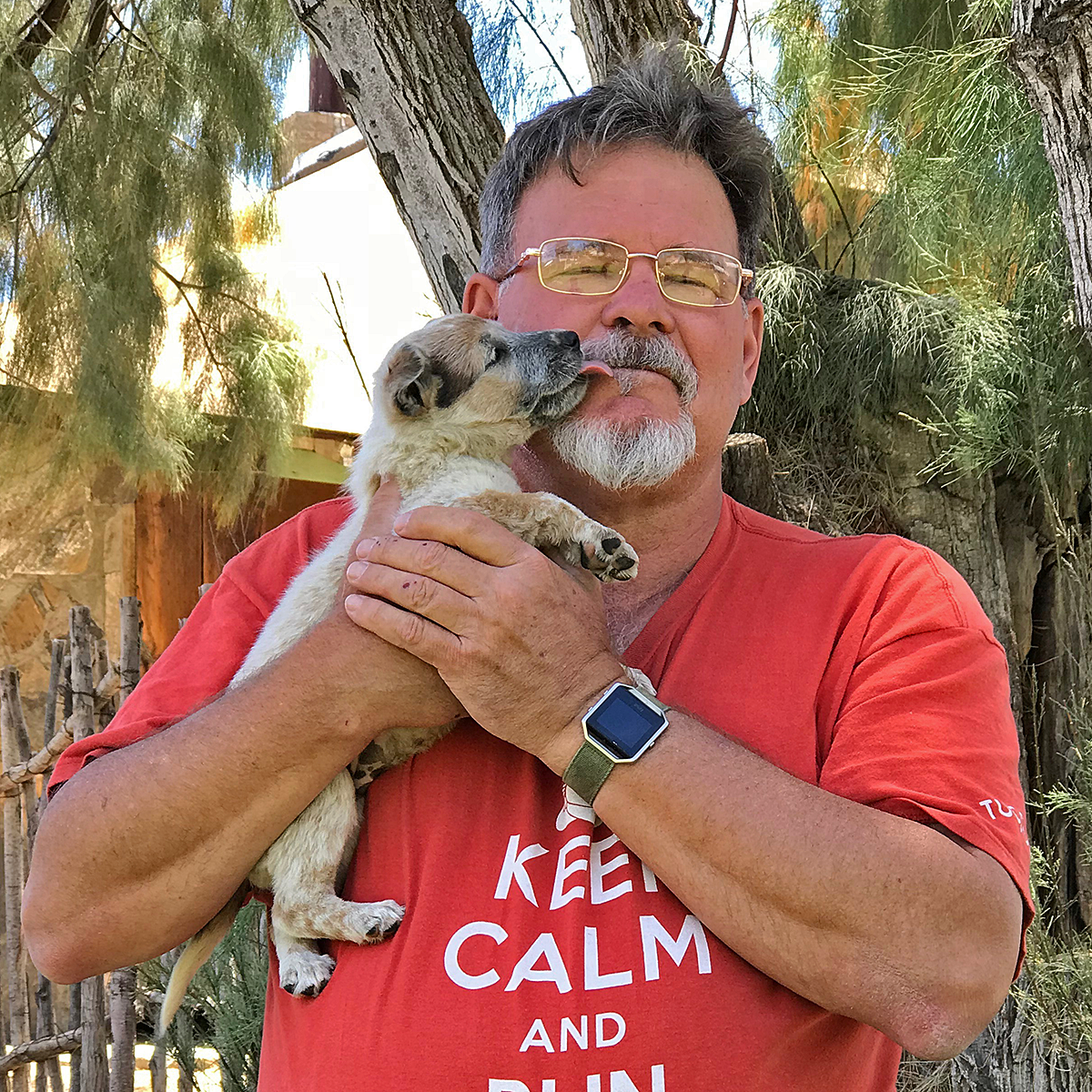
A life list is a record of first observations of different organisms, and is kept throughout a person’s lifetime. Life lists are a great way to keep track of what you’ve seen, where you saw it, and when. The concept originated in the birding world, and in 1996 I decided to borrow the idea for herps, and keep my life list on the ‘World Wide Web’ as it was called back then. My friend John Sullivan started his herp life list around that time, along with a few other people, but I think John and I may be the only ones out of the original batch who still maintain an active list.
My first compiled 1996 list had close to a hundred herps, and by 2018 I had passed 800 species. Early on in this list-keeping project, I decided that each listed species would get its own page that included photos and all the who-what-where-when stuff. That approach worked well with a hundred herps, but it didn’t scale with many hundreds of herps. It became a real chore to keep the list updated, and to manage and curate thousands of photos and files. Being stubborn, I didn’t want to drop back to just keeping a long list of names – I want images and text, I want to share them, and I want other field herpers to enjoy my efforts long after I am gone. In 2018 I settled on keeping the list, with links to an individual blog post for each species. I don’t need to manage the blog posts; I just create them, and then link to them. I can also add links to my other writing projects where species adventures are covered in greater detail, and to my Flickr albums for that species. Still tedious and time-consuming, but I get to integrate all of my online field herping projects for posterity’s sake.

There are generally sets of rules built around life lists, and they vary from person to person. I have a few. The animal has to be alive and in the wild. I require a photo (pictures or it didn’t happen). I don’t need to find the animal myself, see it first, or touch it first – if I’m with a group of herpers and someone else makes the discovery, I still count it. Too many rules and restrictions would suck the fun right out of the life list. Taxonomic change presents some challenges. I may retain species and subspecies that have been sunk, if I feel there is merit in keeping them (see ‘Yellow Rat Snake’). Subspecies may be frowned upon in many circles these days, but I’ve kept them, including taxa now considered invalid (indicated with double quotes). My list, my rules!
As I added to my life list, I found that in turn, my list added to my field herping experiences. I keep careful notes on field trips, and I pay a lot of attention to taxonomy and taxonomic change. I enjoy making plans to ‘fill in the holes’ with species that I’ve missed, and I still think about ‘closing out’ the US herpetofauna from time to time (I’m over halfway there). Over time, my life list has grown to be much more than just a check-off list. It is a record of my life in the field, the adventures I’ve had in pursuit of amphibians and reptiles, and the friends I’ve made along the way. I hope you enjoy it, and I hope you consider keeping your own life list.
-Mike

Recent Comments